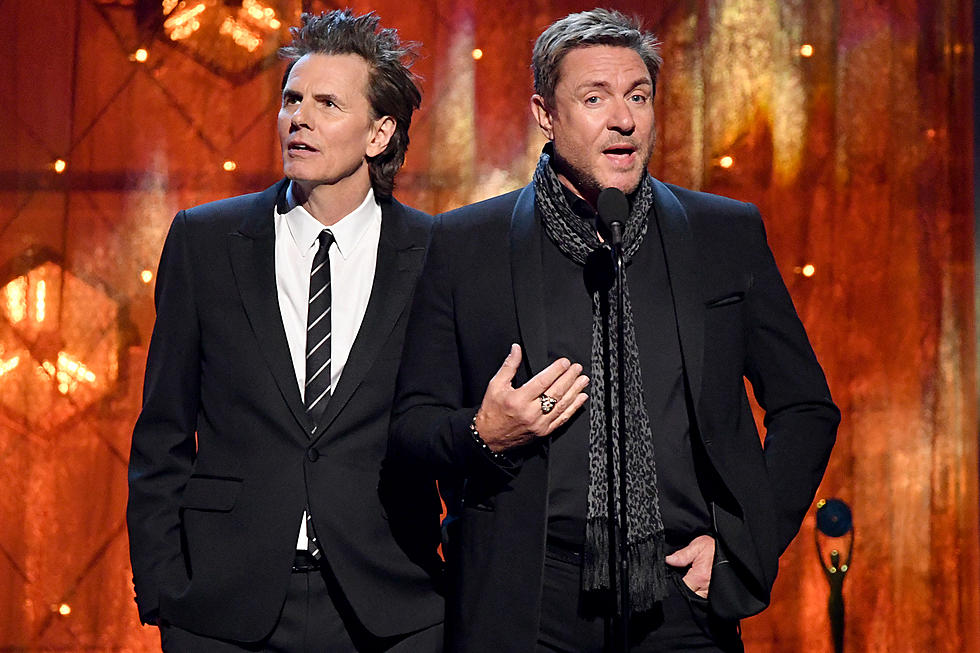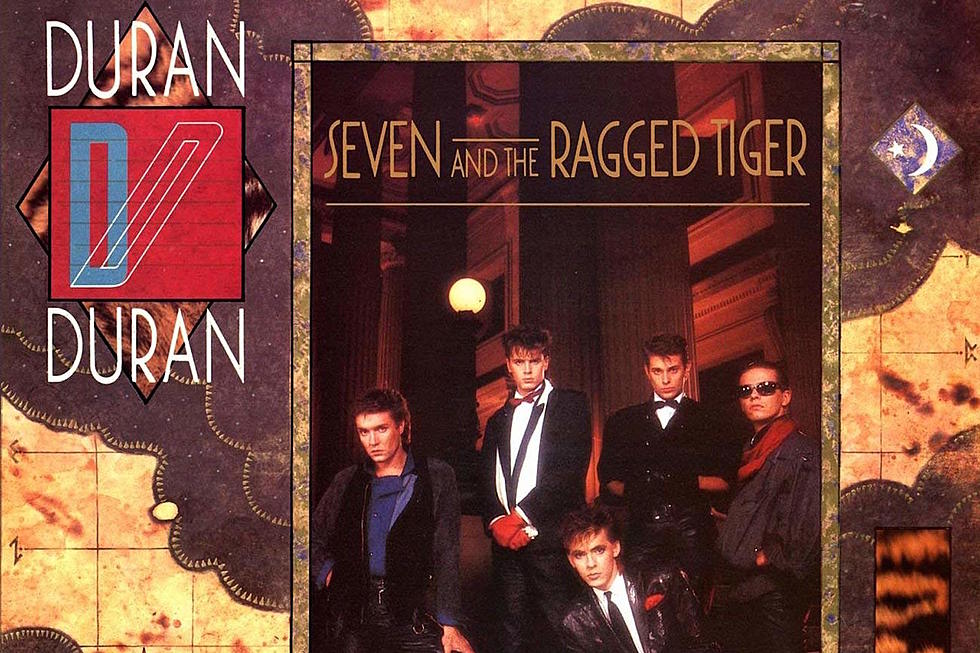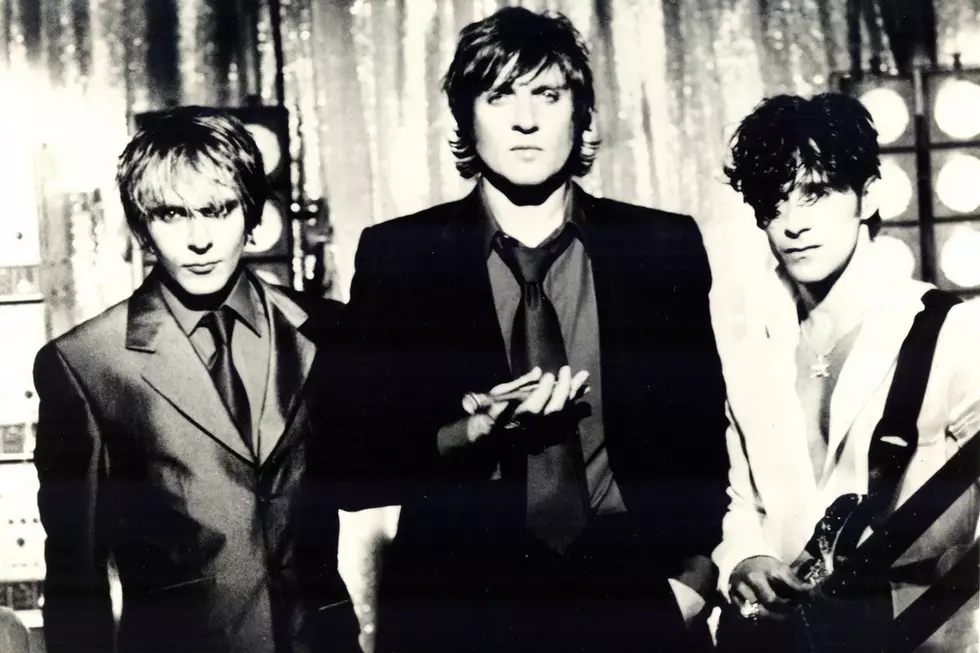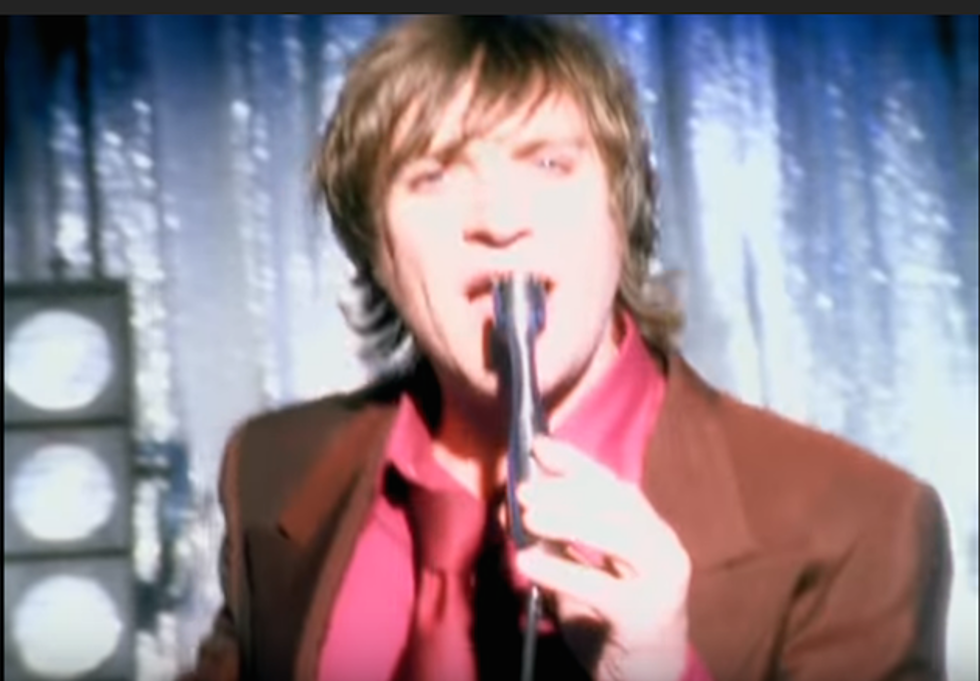The Story of Duran Duran’s Self-Titled Debut Album
Duran Duran released its self-titled debut album worldwide on June 15, 1981. Produced and engineered by Colin Thurston, the record was recorded at London's Red Bus Studios and Oxfordshire's Chipping Norton Studios.
At the time, the quintet – vocalist Simon Le Bon, guitarist Andy Taylor, bassist John Taylor, drummer Roger Taylor and keyboardist Nick Rhodes – had been together in its current incarnation for a little over a year. Its ascent was rapid, however. Le Bon joined the group in May 1980; Duran Duran played its first gig in July and toured with Hazel O'Connor in November and early December; and the band inked a record deal with EMI soon after. (The man who signed the group, Dave Ambrose, had also signed the Sex Pistols and Kate Bush.) Sonically, Duran Duran was inspired by a melting pot of sounds, styles and approaches.
"My brother and I were importing all the new Giorgio Moroder-style records from New York," Duran Duran's first co-manager, Paul Berrow, told The Guardian in 2003. "We'd been to Studio 54 and heard how dance music was changing. The Duran aesthetic was influenced by that." In that same article, John Taylor added, "In 1978, it was the year of 'disco sucks', and I felt I should be at a therapist saying, 'I have this guilty love of disco.' I thought Chic were fantastic. That's why I became a bass player."
All of those influences – as well as elements of the music and look of David Bowie, Roxy Music and Japan – crop up on the very fine Duran Duran. (In fact, a glammy cover of Bowie's "Fame" ended up a b-side to the zig-zagging "Careless Memories.") Space-age keyboards, post-punk guitars, disco-inspired bass lines and Le Bon's vocal croon – which was at times yelping and enthusiastic, and at other times mysterious and edgy – collided for a decidedly modern sound. Duran Duran was unabashedly pop ("Friends of Mine," "Girls on Film," "Planet Earth"), boldly experimental ("Tel Aviv" and its swerving, orchestral-like backdrop) and grasping at just-out-of-reach depth (the clumsy "To The Shore," which was not actually on the U.S. version of the LP).
Still, the record was art-school unorthodoxy meets pop futurism, and it felt thoroughly modern—the idea of new wave (and New Romanticism) writ large. "Duran were among a new group of artists who provided a glittering, sexy contrast to the prevailing dull corporate pop-punk of the 1970s," Steve Dagger, then-manager of Spandau Ballet, said in 1997. "Taking their influence from the art-school underground of electronics/[Bryan] Ferry/Bowie, they came to prominence as the Birmingham ‘it’ band at the same time Spandau Ballet reigned over a similar scene in London."
And despite their inexperience, the members of Duran Duran knew exactly what they were doing. A rare 1981 video interview unearthed a few years ago finds the charmingly scruffy band in full control of its aesthetic and approach. "People had to go to concerts and dances and they go there to suffer," Le Bon says. "And we've got sick of that. So we think that people should go and have fun."
Adds Rhodes: "We're serious about the music and about everything we do with it. But we don't need to bring political views into it. It's not such a social thing. It's just a band that's entertainment – people go and watch us and have fun when they come to the gigs and listen to the records. It's basically dance music as well." For good measure, John Taylor chimes in with, "it's more escapism rather than commenting on what's going on."
In the U.K., this self-assurance (and some indisputable melodies) propelled debut single "Planet Earth" to No. 12 in the charts, while Duran Duran peaked at No. 3. In the U.S., the album was originally issued on the Capitol-owned label Harvest Records and, at first, made little impact; in fact, it didn't even chart. However, after 1982's Rio took off, Capitol reissued Duran Duran in the U.S. in 1983. The track list was different: New single "Is There Something I Should Know?" was tacked on, while the version of "Planet Earth" on the album is not the so-called "Night Version," but the regular one. This time, however, Duran Duran took hold, and the record peaked at No. 10 on the Billboard Top 200.
Why Aren't These Bands in the Rock and Roll Hall of Fame?
More From Diffuser.fm









